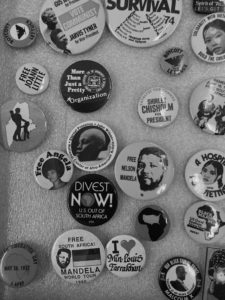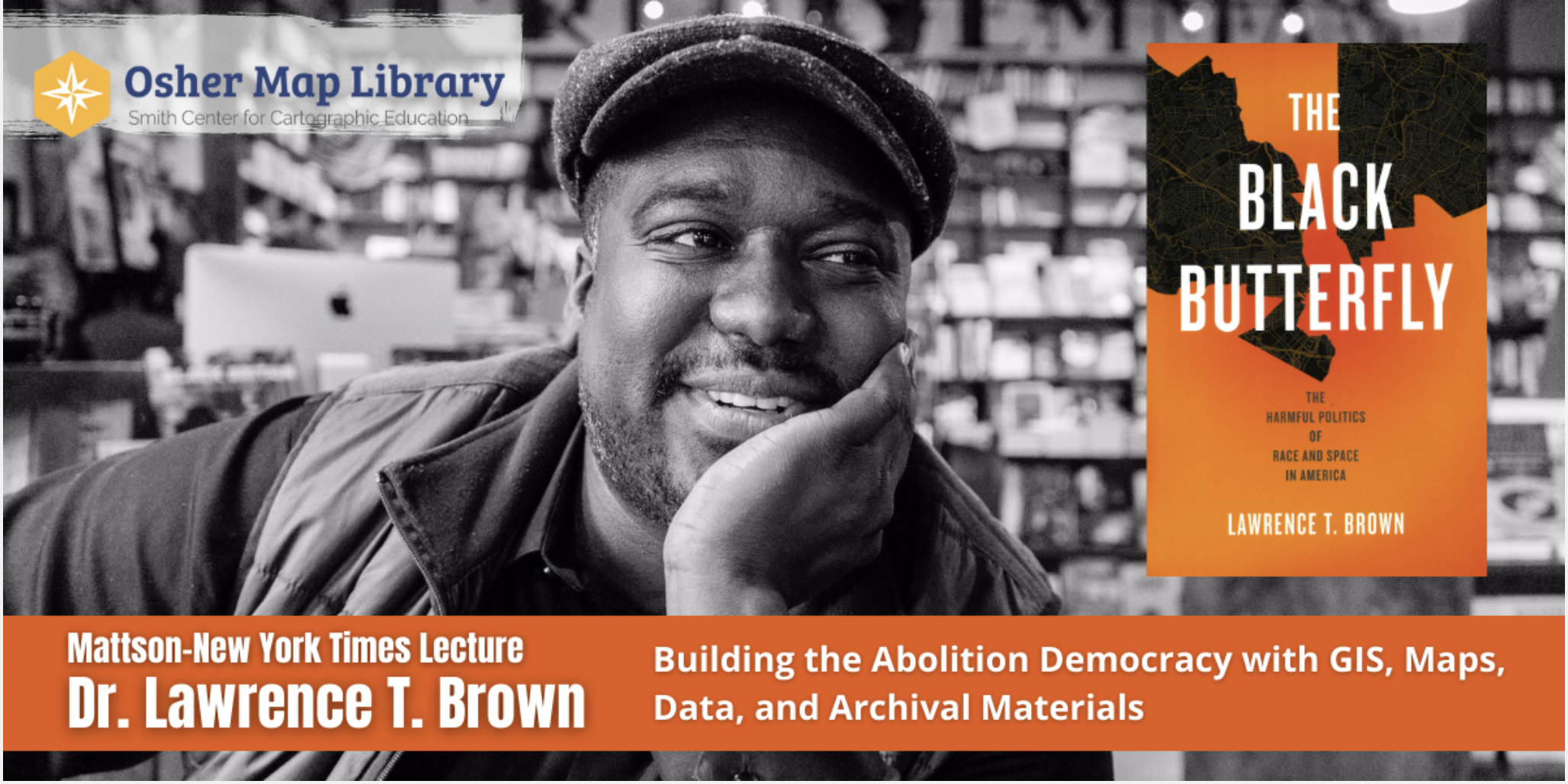by: Riley Mayes, Web Editor
February 1 marked the beginning of Black History Month, a national celebration that honors the contributions and sacrifices of African Americans who have helped shape the country.
Black History Month was established by Carter G. Woodson, an American historian, author, journalist, and founder of the Association for the Study of African American Life and History (ASALH) in 1926. He was one of the first scholars to study the African diaspora and develop scholarship regarding African-American history. Woodson established the commemorative month as a response to the lack of Black history within the discipline, and instead wanted to highlight the critical contributions of African Americans in US history.
In honor of Black History Month, the Osher Lifelong Learning Institute at USM hosted a free webinar, “Building Abolition Democracy with GIS, Maps, Data, and Archival Materials.” This lecture was presented by Dr. Lawrence T. Brown. An equity scientist and the director of the Black Butterfly Academy, a virtual racial equity education and consulting firm.
From 2013-2019, Brown served as an assistant and associate professor at Morgan State University in Baltimore, Maryland, within the School of Community Health and Policy. In 2020, he directed the US COVID-19 Atlas work and response for the County Health Rankings and Roadmaps program in partnership with the University of Chicago Center for Spatial Data Science. This initiative compares the health of nearly all counties in the United States to others within the state. This supports coalition-building that specifically addresses social, environmental, and economic inequalities that can impact health, particularly for BIPOC communities.
Students can also be part of growing the collection themselves. Susie Bock, the Coordinator of Special Collections and Director of the Sampson Center, stated that students can donate artifacts, such as an interview with a family member, which can be added to the Digital Commons. “This is a vital role that students could play,” Bock stated. “I think all of us want to know that our families are part of the story.”
The African American Collection at the Special Collections Library on the 6th floor of the Glickman Library is a resource on campus that is accessible to all USM students and staff. Established in 1995, the collection was inspired by Gerald E. Talbot, the first African American elected to the Maine State legislature. It holds a wealth of artifacts, from political and social buttons, cookie jars, statues, photograph albums, all of which document the experiences of African Americans. Many of these artifacts have been digitized and added to the Digital Commons, a resource that is available to all USM students.

Another way to learn more about Black history is to explore USM “Anti-Racism Education Resources” on the Digital Commons. Browse classroom resources, discussion guides, and lectures that have been collected from departments and programs at USM. Finish off the month with a selection from the History department’s recommended reading list or watch an interview with Dr. Ibram Kendi about anti-racism.
Black History Month events across other campuses can also be found on the UMaine calendar. At UMaine Orono, the campus will hold “Black History Month Lunch and Learns,” for the month of February, while the LGBTQ Support Group will hold a safe space to celebrate and honor the time. Specialized programming such as “Black History Month: Interracial Dating” will take place throughout the month as well at the Multicultural Center in Union.
At the Portland campus: be on the lookout for events sponsored by the Student Government Association for a number of events on the Portland campus, such as an Instagram Giveaway for the book “How to Be an Anti-Racist.” Or, tune into SEAL’s weekly podcasts and Throwback Thursdays inspired by Black History Month featuring BIPOC artists and athletes.

